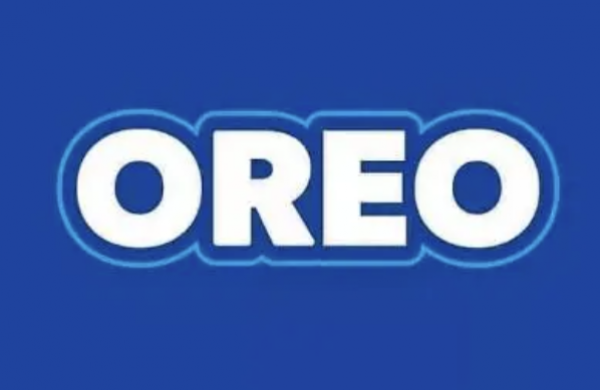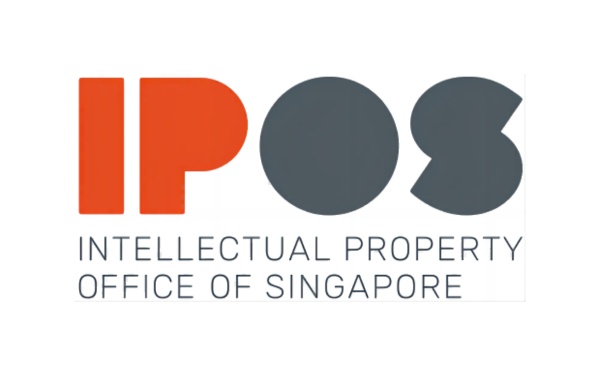Did not receive verification mail? Please confirm whether the mailbox is correct or not Re send mail

IPR Daily
- 2022-09-20 12:49:31
Apple struggled with its 5G Modem Development
Reports surfaced a few weeks ago that Apple was struggling with its 5G modem development, and that Apple would not reach the 2H2023 target for use of its own 5G modem for some of its products. Based on other actions taken by Apple to challenge two Qualcomm patents, some industry observers drew a tenuous line between Apple’s modem delay and its attempt to challenge the patents to infer that Qualcomm was legally blocking Apple’s modem development. There’s no way these particular Qualcomm patents have any impact on Apple’s modem development. Qualcomm is not blocking any company’s modem development, much less Apple’s. Nor can it do so under the 3GPP Fair, Reasonable, And Non-Discriminatory (FRAND) licensing agreement as it relates to Standard Essential Patents (SEPs). As such, if the reports of Apple’s development schedule slip are correct, Apple has simply found it more difficult to develop a 5G modem than it thought.
The Non-Existent Patent Issue
The rumors arose from a US Supreme Court decision not to hear Apple’s request to review its challenge to two Qualcomm patents. One is a card metaphor patent than applies to displaying and manipulating data. The other patent relates to diverting calls to voicemail while responding with a text message. Both apply to the applications on the phone, not the modem interface nor the phone’s ability to connect to and communicate with a 5G network. To be clear, there is no relationship between the two patents in the patent dispute and the development of 5G modems.
The 5G Challenge
A few years ago, Apple started its own 5G modem development. To accelerate progress on the project, Apple also acquired Intel’s cellular modem team and assets when Intel cancelled its own 5G modem development efforts. Neither team had successfully developed a 5G modem. Intel’s former team had some limited success with previous generation modems (e.g. 2G/3G/4G) if you count their successes as the former Infineon wireless team. Qualcomm, on the other hand, has had more than a decade invested in developing the 5G standards and the technology that would be used in its 5G modems as well as unparalleled success developing and commercializing previous generation of cellular modems. There are other companies that have or are developing 5G modems, including Huawei, MediaTek, and Samsung. Note that these companies, like Qualcomm, are building on their successful development of 3G and 4G modems.
As with previous wireless generations developed under the 3GPP global partnership, companies declaring Standard Essential Patents (SEPs) must offer their patents under FRAND terms. This policy allows any company to develop cellular modem chipsets with licensing applied at the device or sub-system (usually a module) level. MediaTek is a prime example of a company that has developed modems leveraging the SEPs of other companies. However, it still took years for MediaTek engineers to develop a modem, which resulted in the company trailing the industry leaders by several generations.
While some will try to fault leading communications companies by accusing them of what amounts to intellectual property (IP) bullying in order to prevent others from entering the market, given FRAND requirements on SEP, what Apple is experiencing does not appear to be due to any IP licensing issues but is simply (or maybe not so simply) three major technical hurdles that have kept Qualcomm in a leadership position even with companies like Huawei, MediaTek and Samsung having had some success in producing commercially viable cellular modems. These three hurdles are:
· Radio Frequency Front End (RFFE) expertise to deal with ever increasing combinations of frequency bands and WWAN technology generations and modes
· Power Management in a performance hungry but power limited operating environment
· Mobile Network Operator (MNO) certification
Modem technology development has become increasingly more difficult with each generation as the number of frequency-band and mode (e.g. 3G/4G/5G) combinations increase exponentially. Even when using the SEPs from other companies, it takes a high-level of radio frequency (RF) expertise to develop a 5G modem. This is a new technology area for Apple.
In addition to the barrier to entry posed by RF expertise, the modem must also operate in a power limited, battery operated environment where performance must not be compromised for the sake of battery life. There are two components in a mobile device that utilize most of the available power – the application processor and the modem. While Apple has been successful in developing the former, as is evidenced by their A series processors, they have had a much harder time with the latter. This is due to the highly variable conditions in which a cellular modem must operate. The weaker the signal, the higher the power needed to ensure that the call (whether voice or data) does not experience unacceptable interference, delays, or drops.
It is difficult enough to do this if the channel conditions are steady state but in a mobile device, channel conditions can vary widely from one millisecond to the next. Picture the relatively simple use case of a consumer using their phone to make a phone call using an earpiece. At the beginning of the call, they are holding the phone in their hand with the antenna uncovered. However, as the call continues, they then need to get moving so they decide to put the phone in their back pocket, which now blocks the phone with their body causing signal conditions to degrade. The signal conditions dynamically change as the consumer moves around, so the modem must constantly adjust its transmission power and it must do so in an unpredictable way if it hasn’t been designed with antenna tuning and envelope tracking capabilities. It is not acceptable to say the consumer is holding it wrong. The modem must be able to adapt. These constant shifts drive inefficiencies in power consumption. This is just a simple example. There are many more specific designs that are outside of SEPs that must be utilized to solve the extremely complex problems encountered by cellular modems
Assuming the new entrant is able to design a viable modem, the other barrier to entry is the global MNO certifications which, when the modem is meant to go in a phone, can require seven figures in cost and months of effort. Granted, modems targeted at IoT devices or devices that don’t support voice calling aren’t as difficult to certify. But if Apple is trying to replace the modems used in iPhones, they must adhere to the more rigorous certification process. Contrary to what some might think, this certification process is not optional nor can it be bypassed and even a company like Apple must meet the standards of the certification process as well as the carriers. When Apple entered the smartphone market with its own applications processors, they just had to be “good enough” because Apple controlled the entire software stack and any deficiencies in the hardware could be masked. When it comes to the modem, it is not acceptable to deliver one that is just good enough, it has to meet the expectations of the certification, that of the carriers, and, in the end, the consumers. For a company like Apple, which has the R&D budget but also has set a target timeline, the challenge isn’t as much the certification cost but the time needed to receive certification. This time isn’t just about bureaucratic overhead. It is also about the actual time needed to address technical issues that undoubtedly will arise during the process.
What The Future Holds
Whether or not the company meets it 2H2023 target, Apple still has an agreement in place to use Qualcomm modems for many more years. As part of the legal settlement between the two companies in 2019, Apple agreed to purchase Qualcomm modems for six years with an option to extend the license for an additional two years. This agreement could extend to 2027. Qualcomm has been supplying Apple with 5G modem chipsets and it appears that the company will be happy to continue doing so, even as Apple decreases as a percentage of the company’s 5G chipset business.
Despite the residual animosity that may exist between the two companies, Apple and Qualcomm continue to work together. Qualcomm remains Apple’s sole supplier of 5G modems chipsets even while Apple continues to develop its own 5G modem technology. When Apple transitions to its own 5G modem, that modem must meet the certification requirements, the standards set by the wireless carriers, and consumer expectations. In addition, Apple must still license cellular SEPs and any non-essential patents technology from Qualcomm and other companies that it uses in the development of its own modems.
What we seem to have here is just another example of rumors that led to inaccurate conclusions, which unfortunately happens all too frequently.
Source: forbes.com-Francis Sideco
Editor: IPR Daily-Ann
- I also said the two sentence
- Also you can enter 140words
 PurpleVine Successfully Assists Client in Invalidating Sisvel US Patent
PurpleVine Successfully Assists Client in Invalidating Sisvel US Patent Chang Tsi & Partners Successfully Represents Wuxi's First Intellectual Property Civil Case Attached to Criminal Case
Chang Tsi & Partners Successfully Represents Wuxi's First Intellectual Property Civil Case Attached to Criminal Case China Monthly Antitrust Update: February 2024
China Monthly Antitrust Update: February 2024 IPOS was publishing a legal decision involving the trademark of tech giant, Google
IPOS was publishing a legal decision involving the trademark of tech giant, Google


